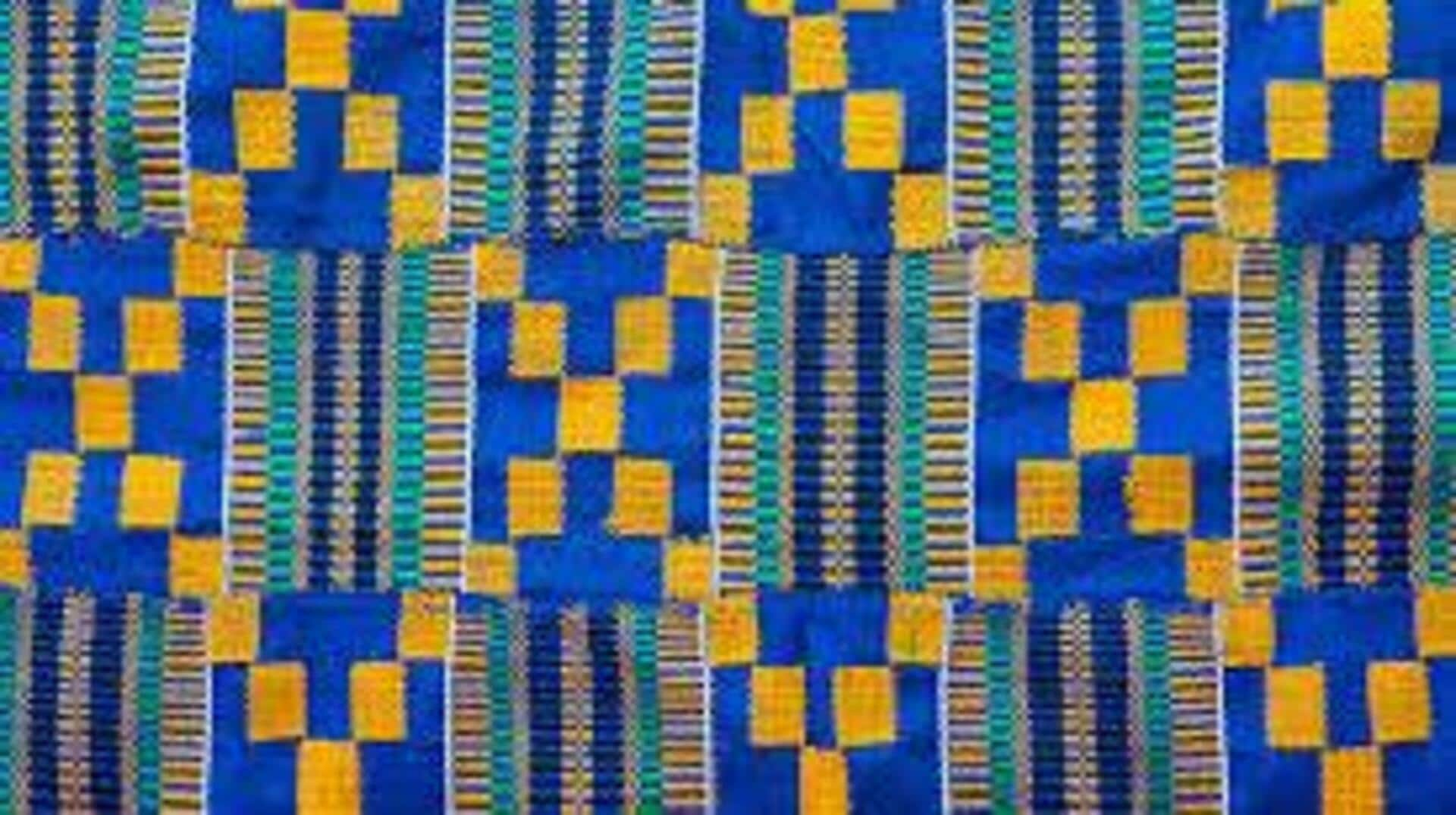
All about fabric art
What's the story
African fabric art is a colorful and diverse representation of culture, showcasing the continent's rich tapestry of talent. These masterpieces are not just visually stunning but also carry a deep historical and social significance. From intricate patterns to bold colors, African textiles tell stories of tradition, identity, and innovation. Here are some key insights into the world of African fabric art, and its unique, cultural importance.
Kente cloth
The rich history behind kente cloth
Kente cloth has become one of Africa's most famous textiles. Originating from the Ashanti people in Ghana, this handwoven fabric comes in bright colors and geometric patterns. Each design is mindful with a meaning behind it, usually a proverb or a historical event. Once worn by royalty on special occasions, kente cloth has become a global symbol of African pride and heritage.
Adinkra symbols
The symbolism in adinkra symbols
Adinkra symbols are another important facet of African fabric art, especially Ghanaian textiles. These symbols carry messages or denote concepts like wisdom or unity. They are usually stamped onto fabrics with the help of carved calabash stamps dipped in tree bark dye. Adinkra cloths are generally donned during ceremonies to express personal beliefs or honor ancestors.
Ankara prints
The versatility of ankara prints
Ankara prints have taken the world by storm thanks to their lively designs and adaptability. Traditionally made with wax-resist dyeing methods in Indonesia before West Africans took them up, these textiles have loud patterns that are in line with modern fashion, but are still traditional. Ankara prints can be used for clothing pieces such as dresses, or even accessories such as bags.
Bogolanfini
The craftsmanship behind bogolanfini (mud cloth)
Bogolanfini, or mud cloth from Mali, employs natural dyes from fermented mud and plant extracts. Artisans apply these to cotton fabric, creating patterns that narrate local customs and offer practical benefits like insect protection. Valued for its cultural and economic importance, this craft is being preserved amid modern challenges and competition from mass-produced textiles.